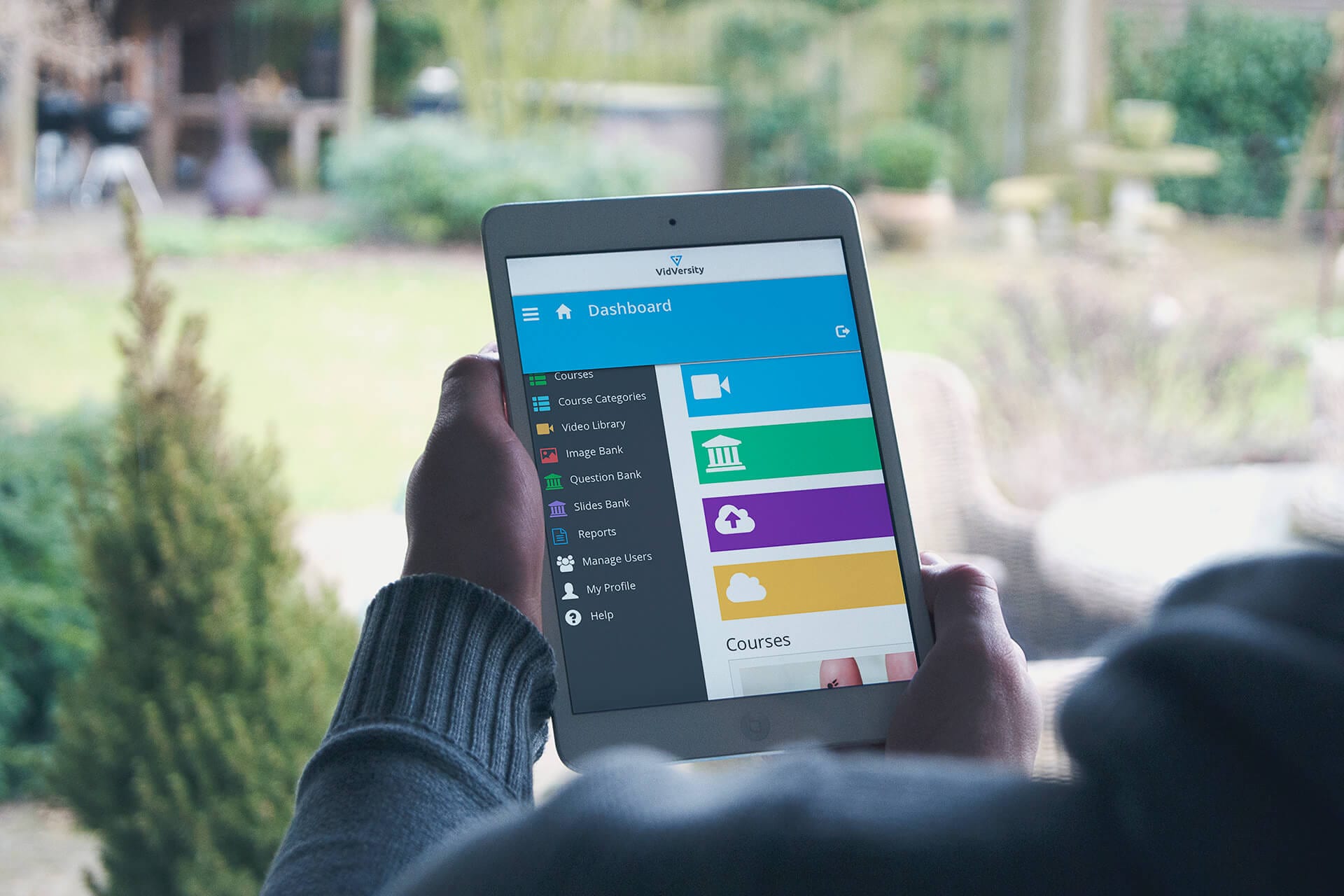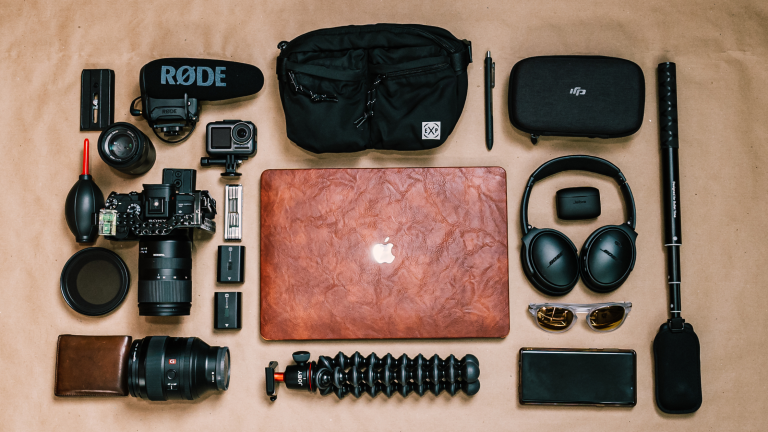By Liz Kollias.
Why video for learning?
For the first time in history, anyone can create video, anytime. It’s now easy to move from one device to another, to store and share. The time is perfect to use video for learning.
It’s also easy to create high quality content for use in a range of education settings, from schools and universities to professional training and development.
In this short video, VidVersity Co-Founder Natalie Wieland explores the benefits of video based learning.
Watch Natalie’s video, then we will explore why video works for both learners and educators.
The Benefits Of Video For Learning
Remember the teacher or trainer is delivering learning because they are good at it. They can communicate with an audience and they are experts in their subject matter. So for an engaging presentation the best way to provide longevity to that content is to video it.
Video is also an optimal way to capture content where a visual aid is key for a learner. Learning how to deliver First Aid, general Health and Safety training or how to use a product are all ideally suited to video.
As we know, creating video for learning using the simplest of tools using our phones and laptops offers great quality content. And there are now a huge array of video editing platforms available that are easy to use. Loom, Snagit and iMovie are all examples. There is a low skill bar to entry. Or simply ask your resident teenager!
But for a mode of learning to work and to be used, it needs to benefit both the teacher / educator and the learner. We know video learning is no longer novel. We have an entire generation raised on YouTube. This is a generation with an expectation to be able to access video based learning resources whenever they need it.
Chapter Based Learning
In this article researchers identified that the optimal concentration unit for video based learning is around 6 minutes. Concentration peaks at 3 minutes and drops off between the 9 and 12 minute mark.
This means delivering video for learning on it’s own is not enough. Video needs to be segmented. Here at VidVersity, our platform enables video to be uploaded ready for editing and then easily cut into shorter chapters. We routinely recommend a 6 minute ‘chapter’ or unit of learning. In this way an hour long presentation can be edited into a series of shorter chapters.
It is worth noting that in the editing process, we find that the average 30 – 60 minute presentation will naturally fall into sub-topics which last around 6 minutes. So not only is this the optimal unit of learning, when designing material, teachers are dividing their material into 6 minute units. Is this a conscious or sub-conscious process? Either way, it shows the design has already been done! Simply video the presentation and follow the lead of the teacher.
For further reading, check out this post on creating short video segments.
Learner Interactions
This article also shows that not only do leaners prefer questions, quizzes and other interactions, interactivity also aid learning retention. This is no surprise. As Natalie says in her video, the inclusion of a pop up slide or a question or a quiz prompts the brain to become engaged in a new way. If the learner understand they will need to answer a question, the engagement process will be very different to simply clicking through via a series of ‘next’ buttons.
At VidVersity, we have a variety of question modes including True /False and multiple choice where a single or multiple answers are correct. We are also launched a new ‘fill in the gaps’ option. This takes learning to a new level requiring an engagement with learning beyond guess work. Including a range of interactions is a great way to keep a learner focussed and interested.
Delivering Video To Learners
Hosting services such as Youtube have transformed the landscape for the delivery of video for learning. The accessibility of video relies on the variety of hosting services. So for promotional videos which don’t require a high level of security Youtube is a great option.
For the corporate environment, a higher level of security is required. Our hosting service at VidVersity is Amazon Web Services (Sydney). This meets the requirements for domestic hosting for most of our clients. They also have the option to use their own hosting service. So consider the practical aspects of your mode of delivery.
Tracking Learner Progress When Creating Video For Learning
Do you need to track your learner’s progress? VidVersity provides 3 options for delivery which we feel gives a broad range of options for our clients. Creating a share-link for a video you would like to be shared broadly is a creation option. For internal training uploading to the LMS makes sense. But what about external users such as an organisation’s own customers, clients or stakeholders? VidVersity provides a leaner registration process. This means learners can be added to enable tracking and secure access to material without using an LMS.
Video is here to stay. Why not add it to your learning suite.
Why not check out some of our video content via our VidVersity YouTube page. You can access and subscribe here.





